Strangely, we’re more disturbed and fascinated by psychological horror films than supernatural or slasher horrors. It’s as if we’re magnetically drawn to the twisted depths of mental torment, even if it sends shivers down our spines.
Really, who can resist those intriguing narratives as tight as a straitjacket and twists that make you question your sense of morality? Psychological horror movies flirt with our inner masochist, and these 20 modern mind-bending horror films prove why this sub-genre is so irresistible.
A Tale of Two Sisters (2003)
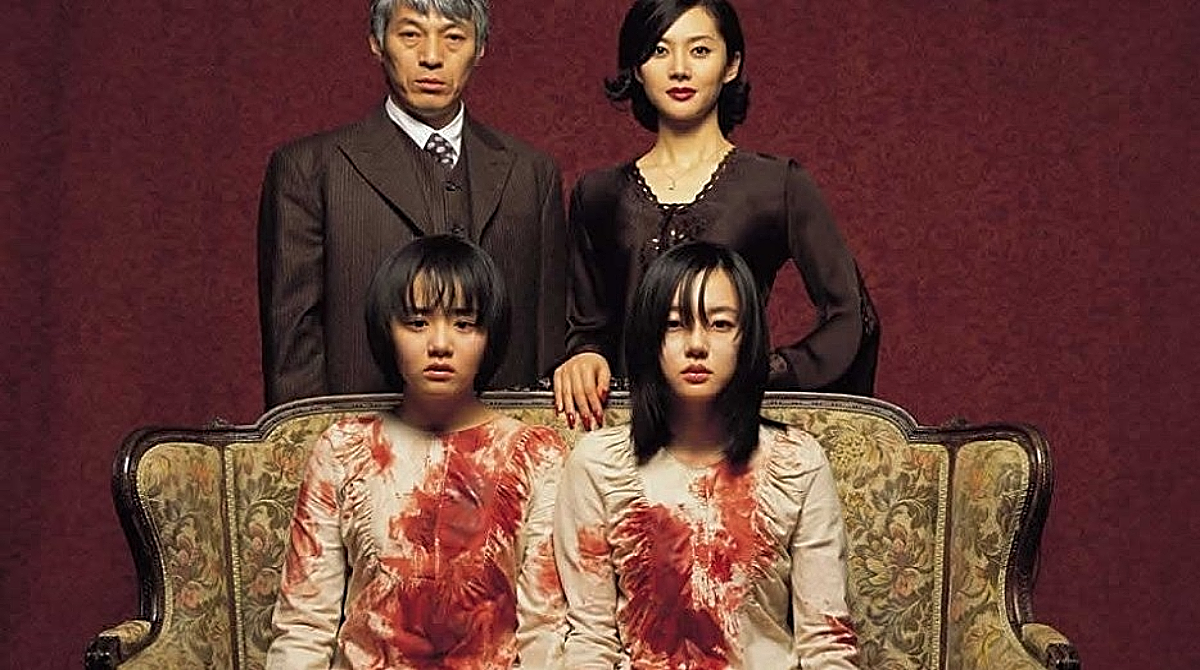
A Tale of Two Sisters, the South Korean masterwork by Kim Jee-Woon is a frightening picture that takes you through a psychological funhouse where reflections are warped and nothing is as it seems. Like the protagonists, the audience becomes entangled in a complex web of gothic motifs, family strife, and supernatural fear as the story progresses.
The film plays coy with its secrets, flirting with the viewers’ expectations. You watch not just for the thrill but to decode the enigma, to peel aside the ornate wallpaper of its storyline. And, just when you think you have A Tale of Two Sisters figured out, the story takes a turn so unexpected you’ll never see it coming.
Censor (2021)
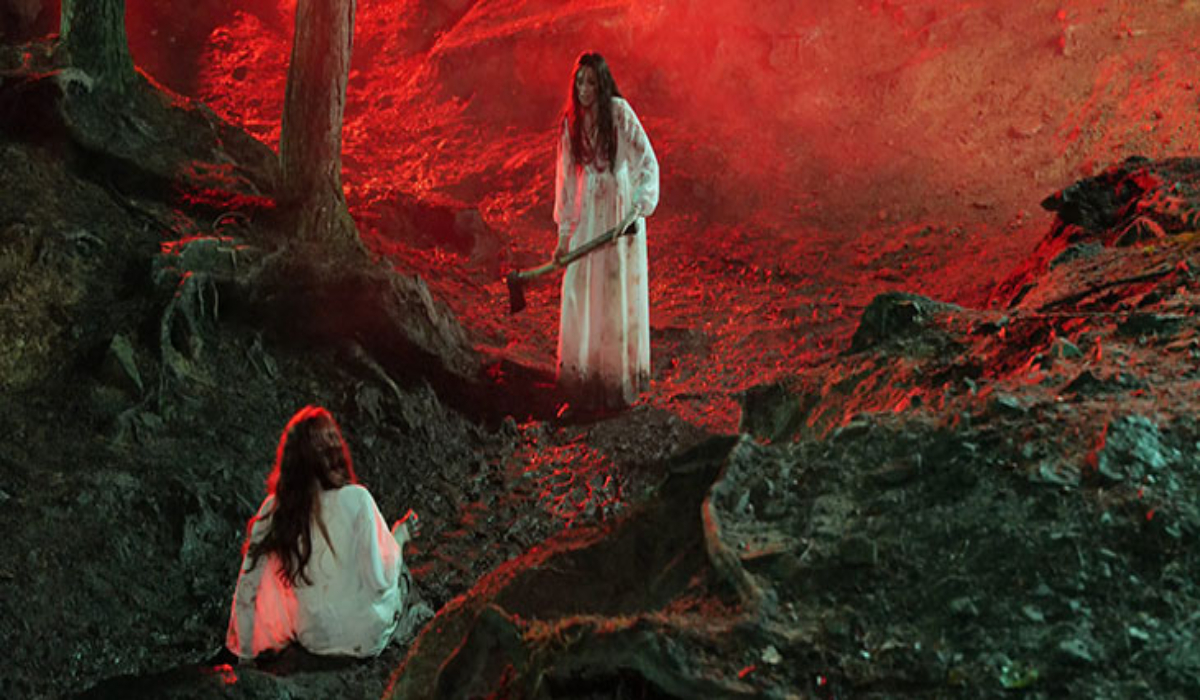
Censor jumps into the grimy, sticky-floored world of video nasties and is less a film and more a psychological romp set in the bleak era of ’80s Britain. Directed by Prano Bailey-Bond, who clearly rummaged through the attic of vintage horror to dress her set, this film is a love letter to the genre.
The story follows Enid, a film censor with the enviable task of watching gruesome flicks for a living, cutting out the bits too spicy for public consumption. It’s all guts and glory until Enid encounters a film that might star her long-lost sister, and from there, the lines between her reality and the slashers she screens begin to blur.
The Boy Behind the Door (2020)
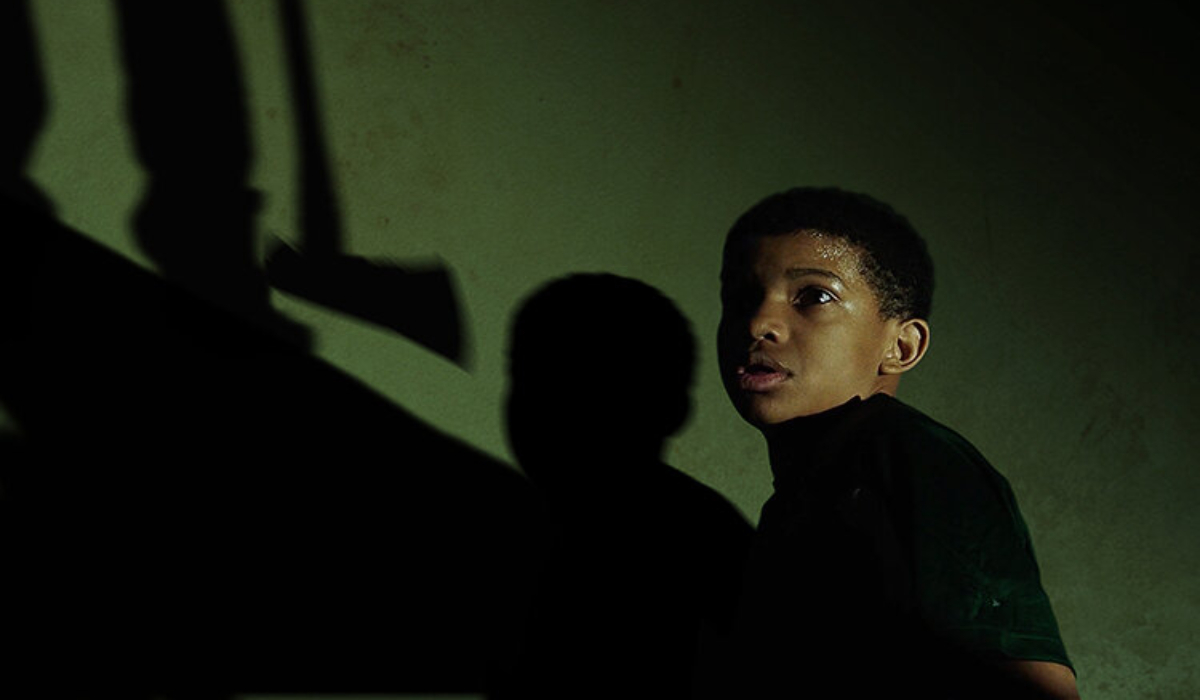
The film The Boy Behind the Door, directed by David Charbonier and Justin Powell, is a nail-biting tribute to the power of childhood friendship in the face of the kind of terrifying trauma that would send even the bravest babysitter scurrying. The film, seemingly innocent in its title, unfolds like a nightmarish game of hide-and-seek, where the stakes are alarmingly real and the ‘it’ is not a giggling child but a menacing threat with intentions darker than an overcast midnight.
Our plucky protagonists, Bobby and Kevin, embody the kind of ride-or-die friendship that would make the Hardy Boys nod in solemn respect. With a plot that sprints rather than saunters, the film offers many twists and turns that’ll get your heart racing.
Ma (2019)
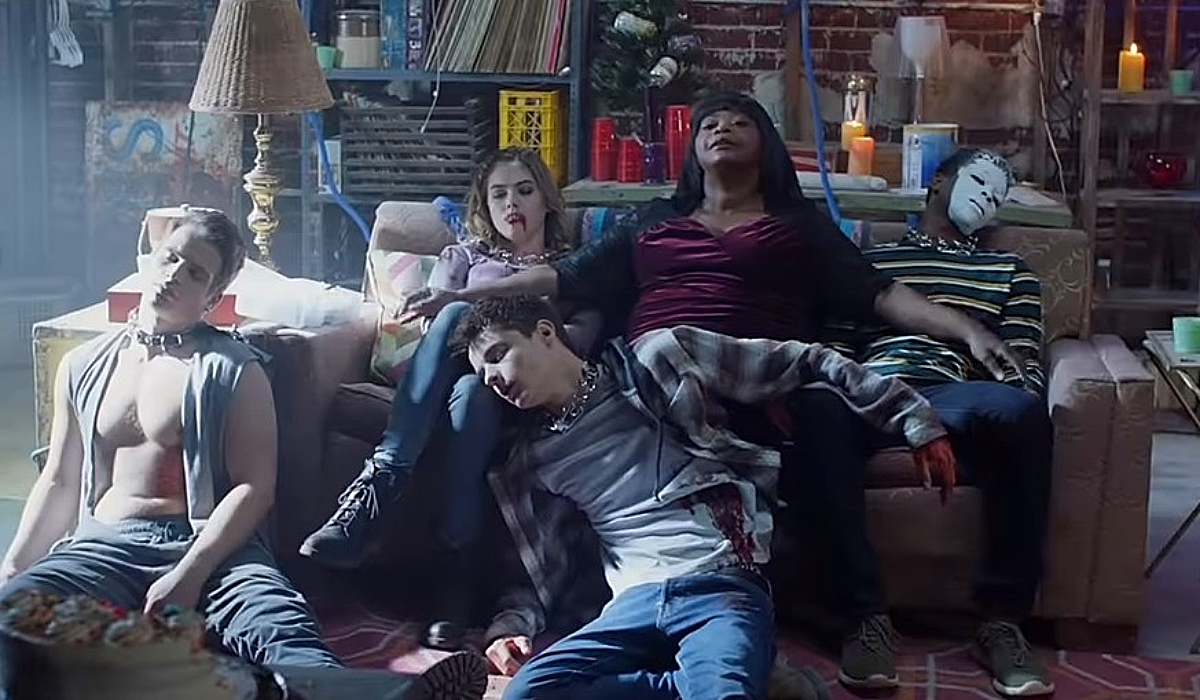
Ma cheekily reminds us that the scariest monsters are sometimes clad in veterinary scrubs and offer free booze. Octavia Spencer, the eponymous “Ma,” is the cool mom you never had, unless your cool mom also had a thing for psychological torture and a basement that screams “designer dungeon chic.”
Directed by Tate Taylor, the film winks at classic teen tropes—the out-of-control parties, the cliquey angst—then turns the dial up to ‘bonkers,’ blending a John Hughes vibe with a touch of Hitchcockian horror. Ma’s house becomes the hottest underage club in town, proving nothing says ‘party’ like a venue with a strict “no parents, no rules, and definitely no escape” policy. It’s a cautionary tale that the next time a stranger invites you over for shots and shenanigans, maybe just say no.
Annihilation (2018)
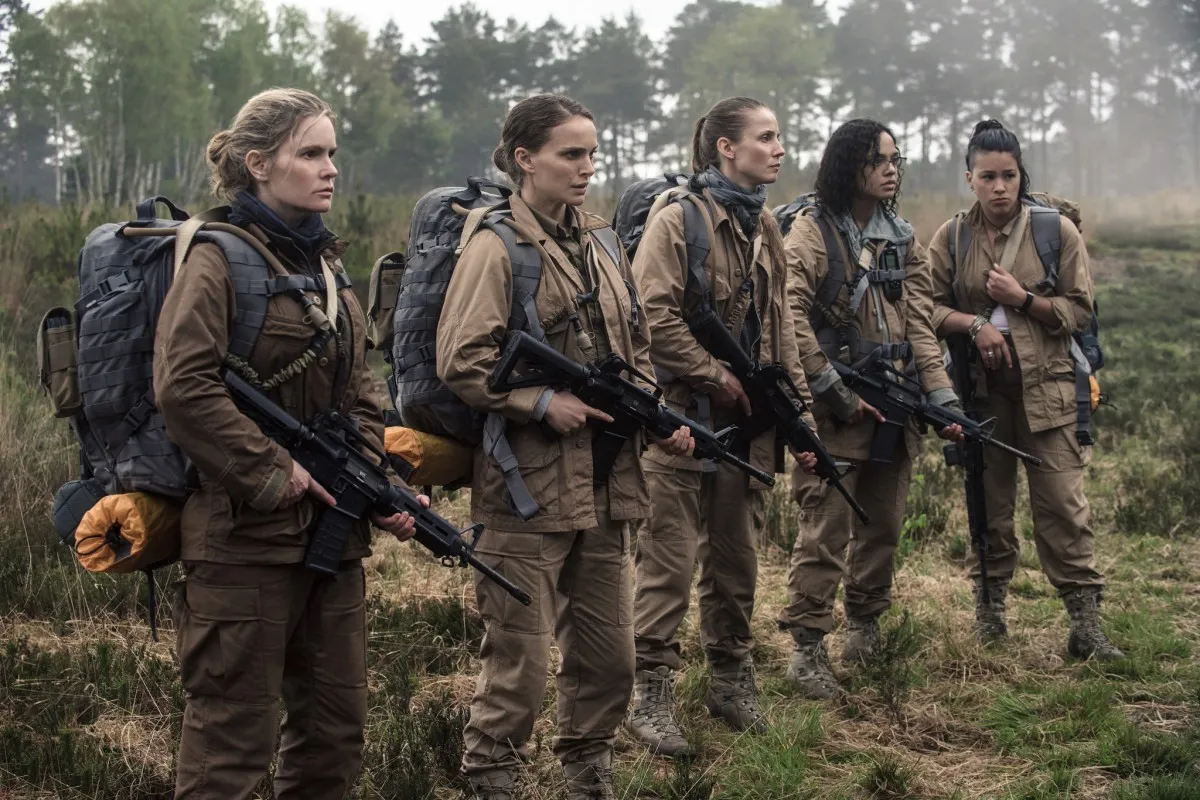
Annihilation is a colorful journey into a shimmering botanical hellscape. The film follows a squad of women, each more badass than the last, as they venture into ‘The Shimmer,’ a mysterious zone where the laws of nature go to get high. It’s as if Mother Nature got crafty with the DNA photocopier, splicing genes with the whim of a toddler mixing Play-Doh colors.
Natalie Portman leads the pack as a biologist with a gaze as steely as her resolve, diving headfirst into an ecological fever dream that’s part physics lesson, part acid trip. The beauty of Annihilation lies in its ability to be both visually stunning and viscerally unsettling; it’s a film that seduces with its otherworldly flora and fauna, only to reveal that the flowers have teeth.
Saint Maud (2019)
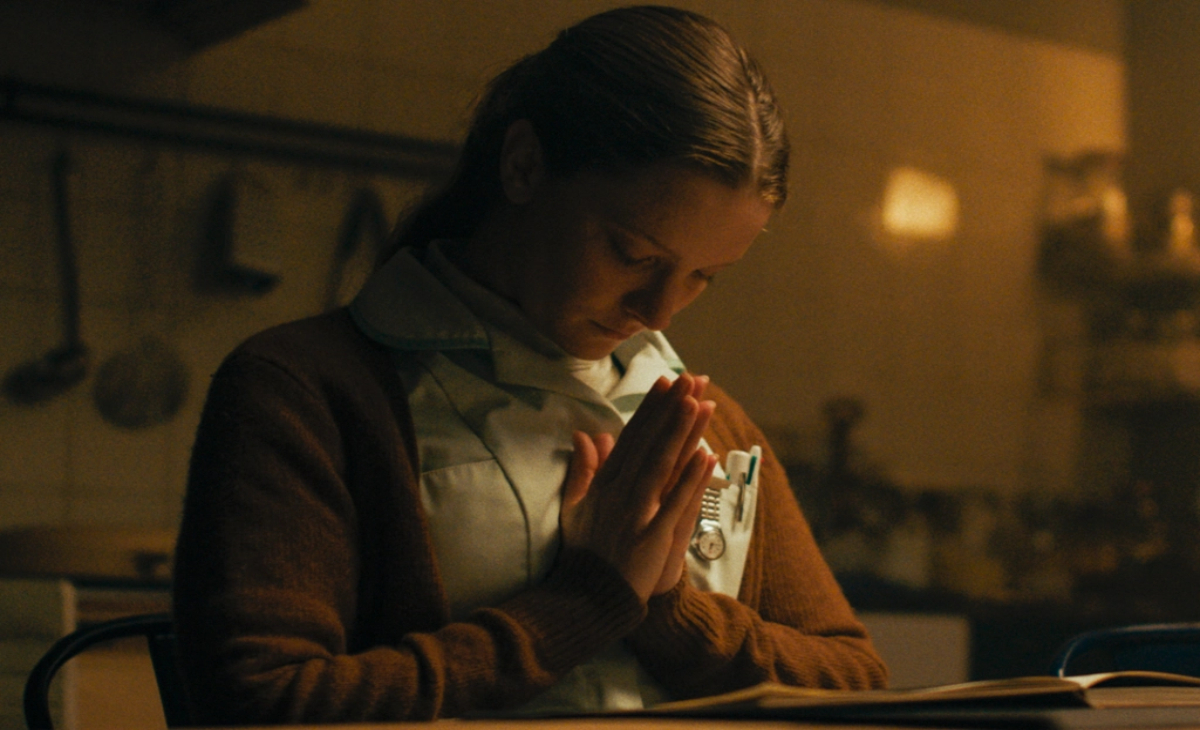
Rose Glass’ Saint Maud is a film that tiptoes along the tightrope of sanctity and insanity and is a holy rollercoaster of a horror flick. The movie introduces us to Maud, a palliative care nurse with the kind of righteousness that makes the Spanish Inquisition look like a casual debate club. Maud’s faith is as genuine as a fever dream and about as stable as a house of cards.
She’s on a divine mission to save souls, but it’s clear that her GPS is set to the scenic route through hell. Saint Maud is a slow burn that illuminates the shadowy line between devotion and delusion. It’s as if the film has taken a vow of chilling celibacy, abstaining from cheap scares to seduce us with its atmospheric tension.
Black Box (2020)
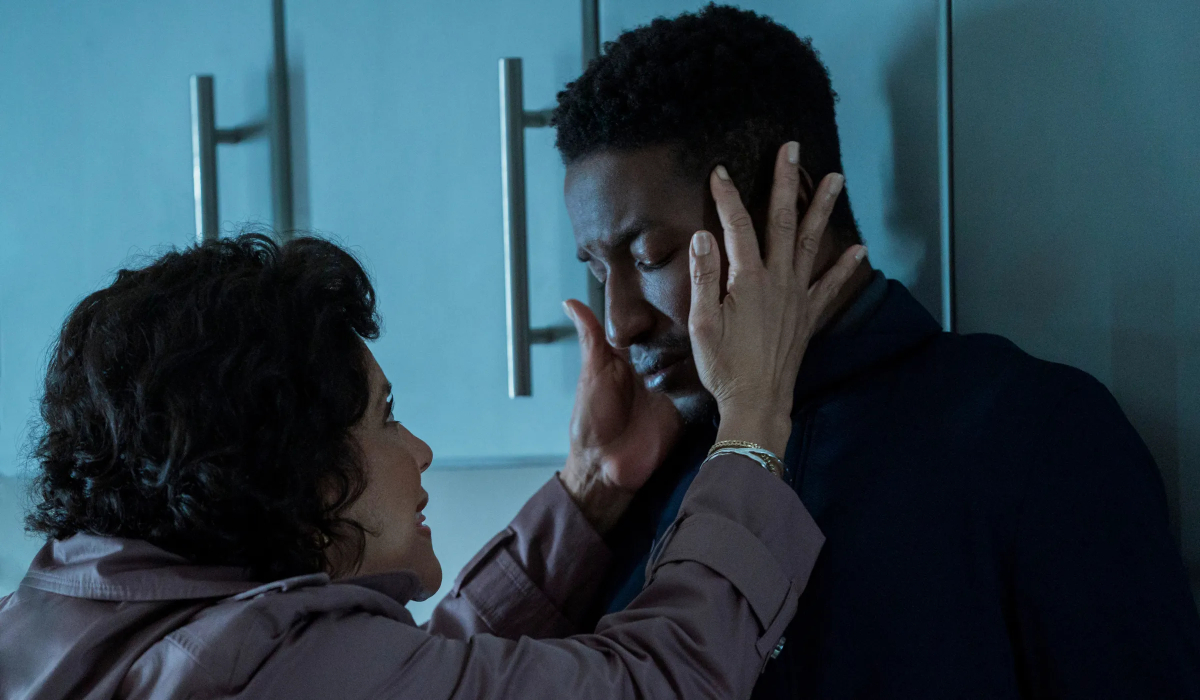
Directed by Emmanuel Osei-Kuffour Jr., Black Box invites us into the scrambled psyche of a man whose memories are playing hide and seek in the deep recesses of his consciousness post-accident. The titular black box is less an electronic device and more a Pandora’s Box of the cerebral kind, promising to restore what was lost but at the price of unearthing what might be better left buried.
An intriguing debut for writer-director Osei-Kuffour Jr. and starring Mamoudou Athie, Phylicia Rashad, Amanda Christine, and Tosin Morohunfola, Black Box offers a dive into the deep end of the mind’s pool without the comfort of floaties.
The Night House (2021)
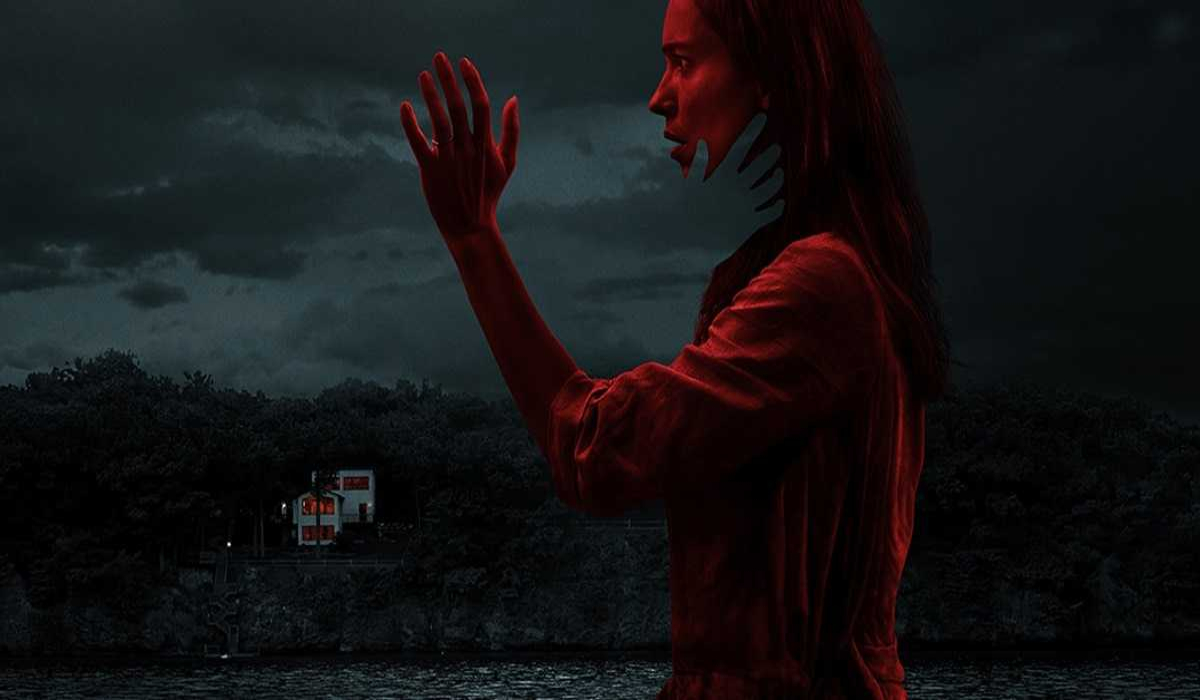
The Night House takes the haunted house genre, flips it on its head, and constructs its chills with architectural precision. Here, director David Bruckner crafts a story that’s as much about the ghosts of grief as it is about bump-in-the-night frights.
Rebecca Hall plays Beth, a widow whose mourning is interrupted not by a casserole brigade but by a husband who seems to be pulling Lazarus from beyond the grave. But this isn’t your typical ghost story; there are no rattling chains or drafty moans, just an unsettling silence and a lake house that’s a tad too fond of symmetry.
The Killing of a Sacred Deer (2017)
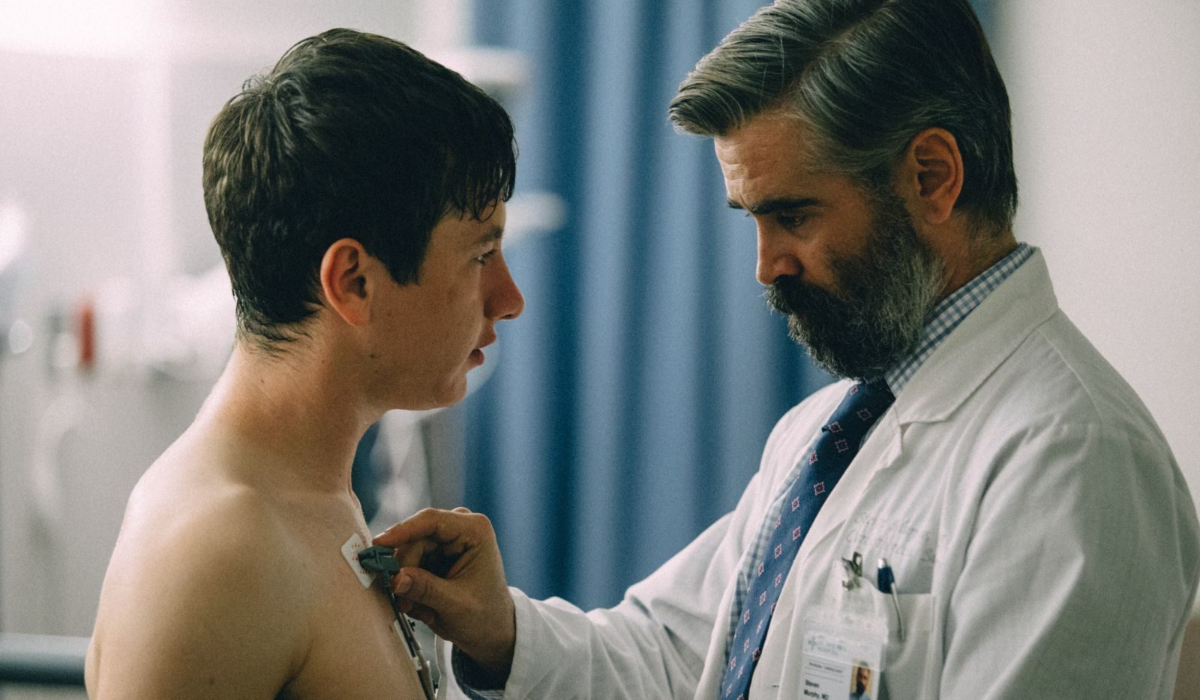
Yorgos Lanthimos’s The Killing of a Sacred Deer is a perplexing fable offering a plot so unnervingly straight-faced that it makes poker players look emotionally unhinged. Lanthimos, ever the connoisseur of the bizarre, presents us with Steven, a surgeon with the emotional range of a teaspoon, who befriends a boy with an ominous aura.
The film unfolds with the grim inevitability of a car crash in slow motion—except everyone’s discussing the weather as they collide. Colin Farrell and Nicole Kidman navigate this sterile emotional landscape with the precision of surgeons—appropriate, given the profession of Farrell’s character.
Unsane (2018)
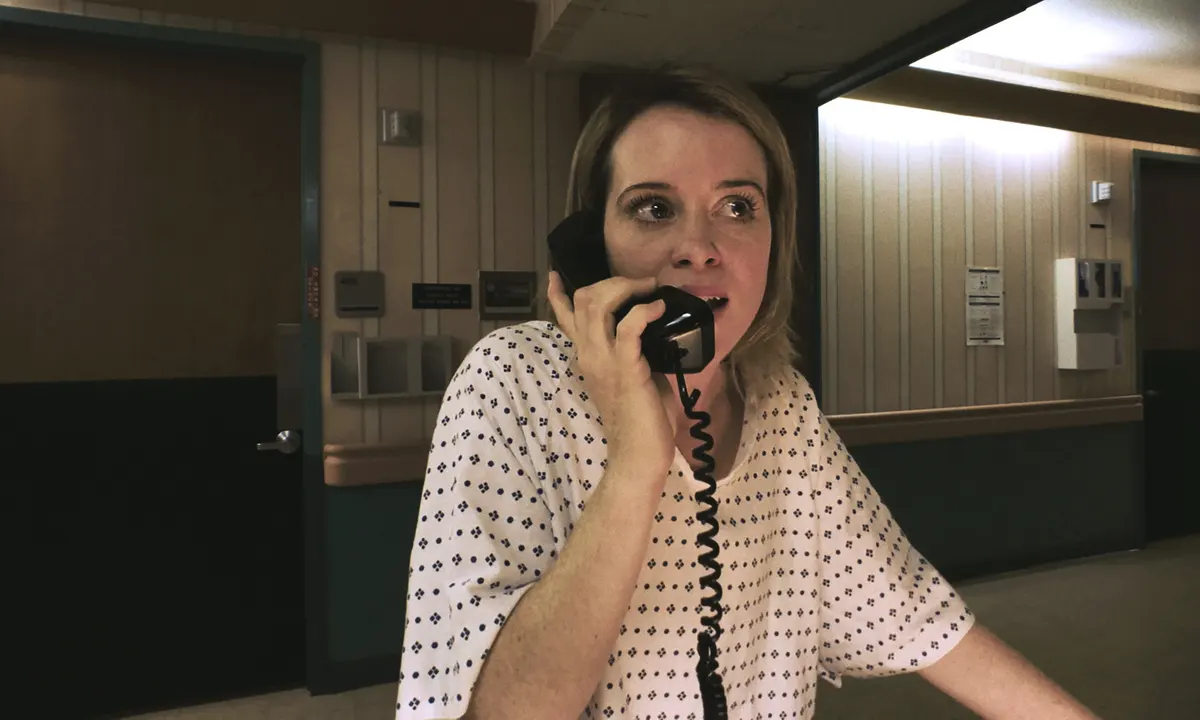
Unsane, Steven Soderbergh’s psychological thriller, introduces us to Sawyer Valentini, who’s involuntarily committed to a mental institution with the welcoming charm of a Roach Motel. As Sawyer navigates the labyrinth of healthcare bureaucracy, viewers can’t help but wonder if her alleged stalker is real or just the latest boogeyman cooked up by her paranoia.
Unsane is a merry-go-round of mind games where every character twirls with questionable intent, and the audience is left gripping the reins of sanity, hoping not to be flung off by the next revolution.
Get Out (2017)

A modern psych-horror masterpiece, Jordan Peele’s Get Out is one of the boldest and most necessary horror films of this century. A young Black photographer named Chris heads to a remote house in upstate New York to meet his white girlfriend’s wealthy, neoliberal parents. Something is immediately amiss. Chris finds that the estate’s Black employees don’t seem to be … all there? They’re not in their right minds, anyway. Maybe not even in their minds at all?
A harrowing story about systemic racism and the commodification of Black bodies, Get Out is not to be missed. Thankfully for Chris, he’s got a bestie in the TSA to help him out. You know what they say about the TSA, they handle shit.
I Saw The TV Glow (2024)

I Saw The TV Glow is perhaps one of the most impactful pieces of trans art since The Matrix. It’s about a reclusive young man named Owen, whose only escape from the monotony of life is the weekly late-night TV-watching sessions he has with fellow social outcast Maddy. One day, Maddy disappears without a trace, only to reappear in Owen’s life a decade later, telling him that the old ’90s horror TV show they bonded over was more fact than fiction.
I Saw The TV Glow is about the mundane horror of settling for mediocrity—living the life that society prescribed to you, rather than a life you chose. Set to a soundtrack of indie bangers from Yeule and Sloppy Jane, this woefully stylish film is not to be missed.
Gerald’s Game (2017)

Ever heard of Third Man Syndrome? It’s a psychological condition where people in life-threatening circumstances report the presence of a ghostly “third man” who offers them comfort and support. In reality, no one was there at all. That’s what happens to Jessie, the protagonist of Mike Flanagan’s Gerald’s Game.
Jessie and her husband Gerald’s romantic cabin getaway turns sour after Ger handcuffs her to a bed during sex and then dies of a heart attack. The key is out of reach, and Jessie has to figure out a way to free herself before she dies of thirst. Luckily, her survival instinct manifests as another Jessie, talking her through the problem. Unluckily, all of her fears manifest as Gerald, who tells her that it’s hopeless and she’s going to die. It’s a film about abuse, lingering trauma, and the all-consuming will to survive.
Black Swan (2010)
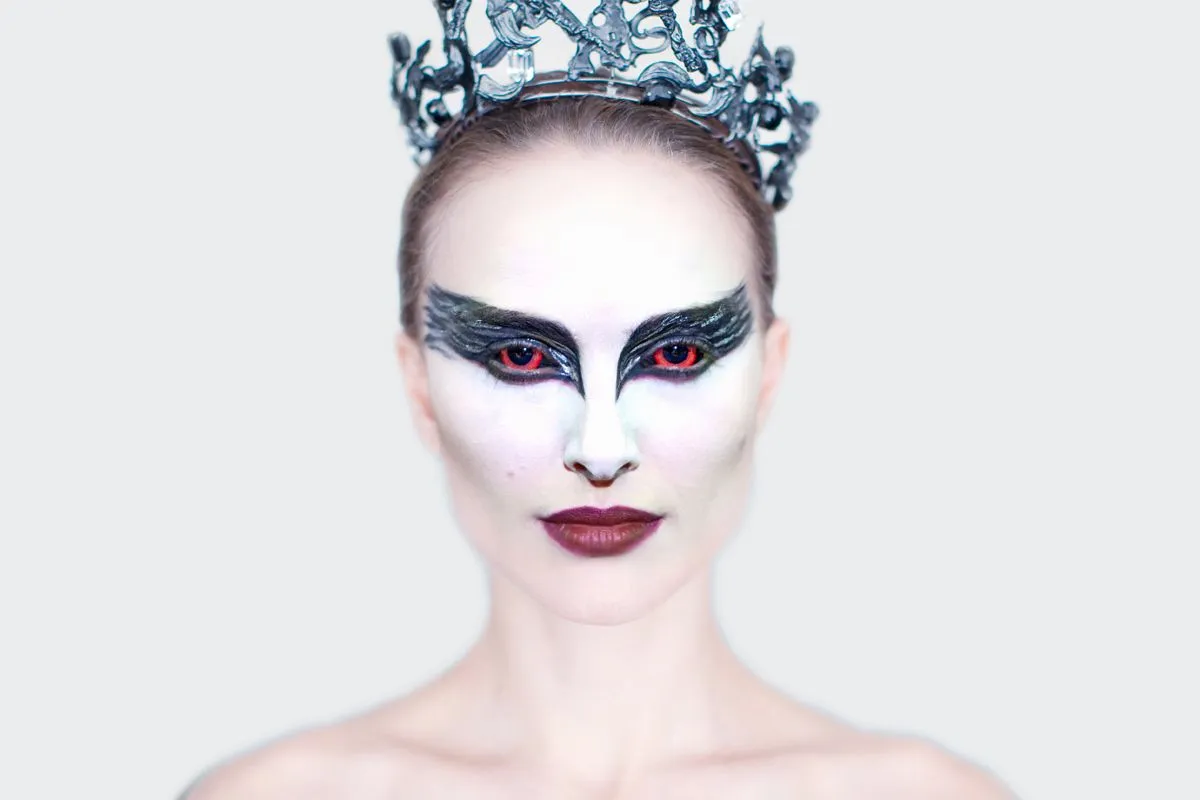
Darren Aronofsk’s Black Swan is a film about the price of perfection; a horror that all former ballet students understand. The plot centers around a young ballet dancer named Nina who is told by her abusive ballet instructor that she is essentially too sweet and innocent to embody the seductive Black Swan for the company’s upcoming production of Swan Lake.
Determined to prove him wrong, Nina pliés headfirst off the psychological deep end, her sanity unraveling in her desperate pursuit of a flawless performance.
Climax (2018)

A hallmark of the New French Extremity movement (essentially a competition between French directors to see who could make the most f*cked up film) Gaspar Noé’s Climax is a dance horror flick that makes Black Swan look like actual Swan Lake. The plot concerns a group of hot and vaguely bisexual French dancers, who rent out a warehouse in the middle of a blizzard to rehearse their newest piece, as you do. At the post-rehearsal party that follows, the dancers discover in horror that someone has spiked the sangria with hallucinogenics.
Helpless to stop the drug barreling its way through their sweaty bodies, the dancers vent their rage and despair upon each other. Climax is what you would see if you dropped a camcorder into the 9th Circle of Hell and pressed play.
Pearl (2022)

The psych-horror sequel to sex slasher X, Ti West’s Pearl stars Mia Goth as a younger version of the first movie’s villain. Pearl is a simple farm girl. She does her chores. She has sex with scarecrows. She raves about becoming a Broadway star despite having no talent. While Pearl is painted as the villain, it’s hard not to see her as a protagonist.
Pearl is a meditation on feminine rage. It’s the story of a young woman losing her shit at the world in a way that we all wish we could. Go get ’em, Pearl, we think you’re a star, even if the rest of society disagrees.
Infinity Pool (2023)

Brandon Cronenberg’s Infinity Pool is a story about the dark privileges afforded to the wealthy. Nouveau riche newlyweds James and Em decide to spend their honeymoon in a luxury resort in a fictional island nation. The mood turns after James kills a local in a hit-and-run and finds out the penalty for the crime is death … unless?
Yes, for rich people, there’s always an “unless” when it comes to escaping justice. In James’ case, it’s undergoing an experimental cloning procedure that will allow him to put a doppelgänger’s neck on the chopping block rather than his own. Titilated by his brush with death, James decides to dedicate his life to crime and let his clones keep taking the fall. What James doesn’t realize, (but painfully will soon), is that you can have too much of a morally ambiguous thing.
Smile (2022)

One of the most dour horror movies in recent memory, Parker Finn’s Smile is sure to bestow the opposite of what the title suggests onto viewers’ faces. Dr. Rose Cotter is a psychologist working in the psych ward of a hospital. She thought she’d seen it all until one of her patients committed suicide in front of her while wearing a creepy smile on their face.
Rose is then haunted by a ghostly, grinning apparition that claws at her mind, suggesting she do the same. Smile is a film about the depressingly inescapable nature of trauma. We endure until we can’t anymore.
Barbarian (2022)

Barbarian is a parable about a certain psychological horror that women experience daily: dealing with men at their worst. After renting an Airbnb in a burned-out neighborhood in Detroit, a young woman named Tess discovers that the seemingly innocuous house hides hidden catacombs in the basement, and something sinister lurks within them.
Tess spends the rest of the film attempting to flee from the house, but the men who are tied to the place at best don’t believe her plight and at worst attempt to sacrifice her to the horrors it holds. At its core, Barbarian is a film about what happens when people refuse to take responsibility for their own actions and the suffering they bring upon others as a result.
It Comes at Night (2017)
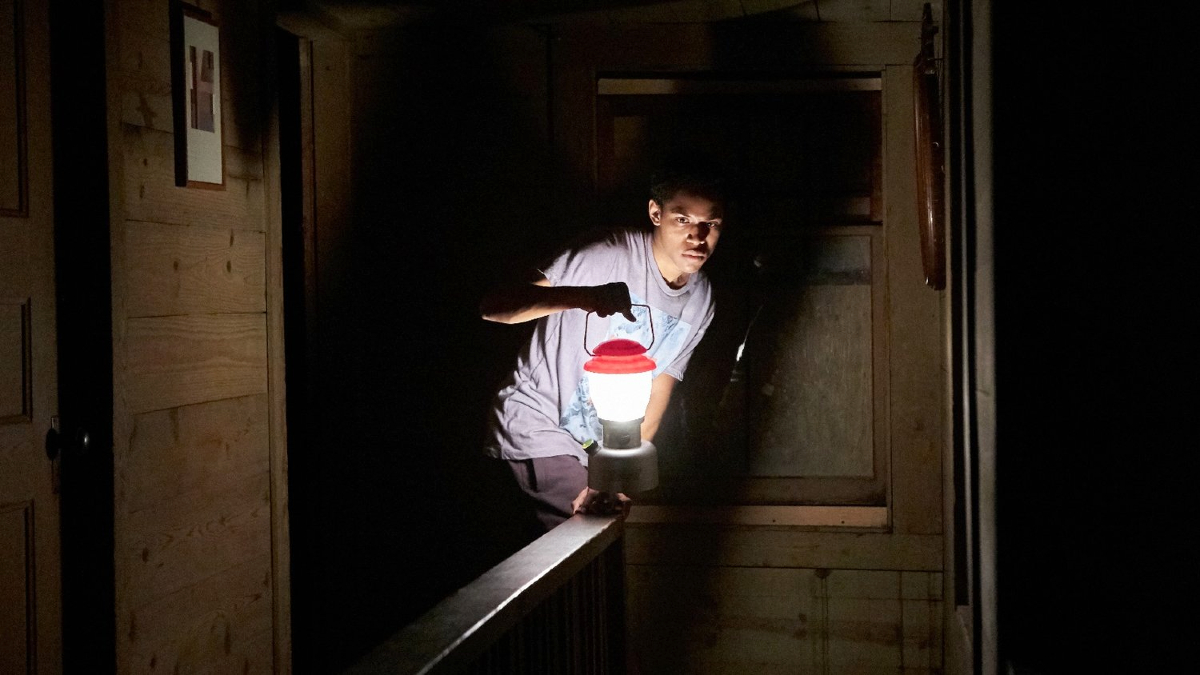
Trey Edward Shults’ It Comes at Night is the story of Paul, his wife Sarah, and their teenage son Travis as they attempt to live their best lives during the end of the world. After the planet was ravaged by a mysterious virus, Paul moved his family to a remote cabin in the woods to keep them safe. They make it work until one day, a desperate stranger shows up at Paul’s door, begging him to let his family stay in the house.
While Paul initially thinks pooling their resources will be a good idea, the families are soon infected with a far deadlier disease: cabin fever. It Comes at Night is a claustrophobic parable of paranoia. The lesson? The greatest threats humans face don’t come from the outside … but from within.



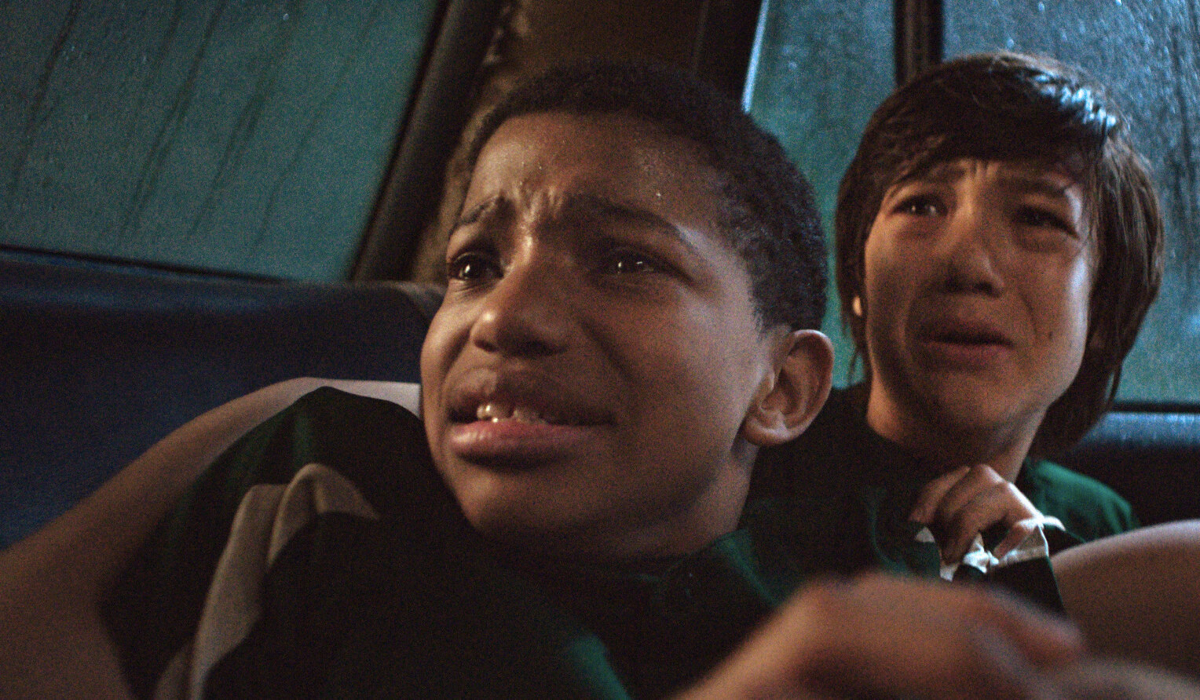







Published: Nov 23, 2024 12:45 pm